Space-borne & Terrestrial Wireless Spectrum - Regulatory Support
Avaliant can support numerous regulatory efforts with the ITU and FCC. Avaliant has experience developing API (for both spectrum that is subject to coordination and not subject to coordination) and CR filings with the ITU, FCC space station and earth station license applications, technical support for coordination and detailed interference analysis in support of regulatory activities. The following list enumerates Avaliants specific regulatory skill, activities & experience:
- ITU SpaceCap, SpaceVal, SpacePub, etc. – we have developed our own tools to interface directly with the SpaceCap databases to enable extremely efficient development and manipulation of complex filings (particularly CR filings and API filings not subject to coordination)
- FCC Schedule-S – this antiquated tool and data format tends to interact poorly with current Microsoft operating systems. We employ a Virtual Machine customized to work specifically on Schedule-S database development and manipulation. We also employ custom tools and processes that enable direct manipulation of the Schedule-S databases to provide more efficient development and manipulation of Schedule-S databases.
- Equivalent Power Flux Density (EPFD) – EPFD is an approach for spectrum sharing between GSO and NGSO systems. EPFD analysis is very complex and the details of the process are still under development and review within the ITU. While the EPFD analysis approach is being finalized, a large number of NGSO satellite communications systems are signing up to EPFD requirements without analyzing the implications of their commitment. We are familiar with ITU REC S.1503-2, have developed our own tools for defining spectrum masks and analyzing EPFD, and have worked with COTS tools such as Transfinite System’s Visualyze EPFD.
- Power Flux Density (PFD) Analysis – PFD requirements are typically employed to assure that GSO and NGSO satellite networks do not interfere with terrestrial FS networks. We have experience conducting these analyses, including accounting for antenna sidelobe patterns beyond the range of beam scan on a satellite downlink.
- Spectrum Coordination – represented a major northwest aerospace company during Ancillary Terrestrial Communications (ATC) negotiations providing interference analysis and technical consulting and coaching.
- Interference analysis – extensive experience with static and dynamic / statistical interference analysis between GSO and NGSO systems, NGSO and NGSO systems and NGSO and FS systems. We have various tools for determining statistics of “in-line interference event” scenarios. Our analysis include contributions/allocations for co-channel interference (CCI), cross-polarization interference (XPI), adjacent channel interference (ACI), external system interference, and noise power ratio (NPR).
- Link Budgets – fundamental to all interference analysis is the generation of basic link budgets for both the host and victim systems. Link budgets must include reasonable and supportable allocations for intra-system interference and external system interference.

